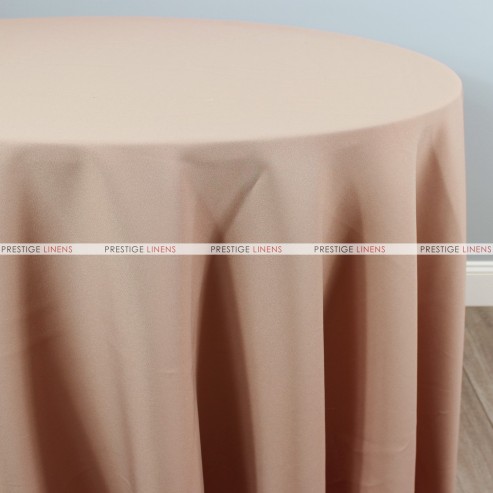Gorgeous Table Cloths: Improve Your Dining-room Design
Gorgeous Table Cloths: Improve Your Dining-room Design
Blog Article
Linen Textile Developments: Exploring Modern Trends and Creative Applications in Style and Fabric Sector
From lasting manufacturing techniques to cutting-edge weaving modern technologies, the advancement of bed linen is improving the landscape of the fabric industry. As we dive into the worlds of innovative design applications and the appearance of bed linen blends and hybrid materials, a brand-new phase unfolds in which linen's duty in future textile innovations takes center phase.
Sustainable Practices in Bed Linen Production
Sustainable techniques in bed linen manufacturing have ended up being increasingly crucial in the fabric sector's efforts to lessen ecological influence and promote honest sourcing techniques. Bed linen, a natural fiber acquired from the flax plant, provides a series of benefits such as breathability, longevity, and biodegradability. However, typical techniques of bed linen manufacturing can entail significant water intake, chemical use, and energy-intensive processes.
To address these challenges, lots of textile manufacturers are taking on lasting practices throughout the bed linen manufacturing procedure. This consists of sourcing flax from natural farms that stay clear of unsafe chemicals and chemicals, applying water-efficient retting methods to extract fibers from the flax stalks, and making use of green dyes and finishes. In addition, some business are buying renewable resource resources to power their manufacturing centers and reducing waste via recycling and upcycling campaigns.
Technical Improvements in Bed Linen Weaving
With the growing focus on lasting methods in bed linen production, the textile market is currently seeing a rise in technical advancements especially focused on changing the art of linen weaving. These developments are reshaping the way bed linen textiles are created, using boosted effectiveness, quality, and creative thinking in weaving techniques.
One of the crucial technical improvements in linen weaving is the combination of computerized looms. These innovative looms are equipped with software application that enables for intricate and elaborate designs to be woven with accuracy. By digitizing the weaving procedure, suppliers can achieve greater consistency and accuracy in their linen fabrics.
Moreover, innovations in yarn spinning modern technology have enabled the production of finer and even more sturdy linen yarns - table cloths. This causes softer and smoother linen fabrics that retain their high quality even after numerous usages and washes
Furthermore, the advancement of green dyeing procedures and coatings for linen fabrics is obtaining traction. These lasting methods not just decrease the ecological influence but also satisfy the increasing customer demand for morally created fabrics.
Creative Style Applications for Bed Linen
Ingenious creative techniques are significantly shaping the innovative style applications for linen in the fabric industry. Developers are pressing the limits of conventional bed linen usage, exploring its adaptability in different applications. One prominent fad is the assimilation of bed linen in sustainable fashion lines, where its green residential properties are highlighted. Linen's all-natural aesthetic allure and ability to mix with other textiles make it a preferred choice for producing unique garments and devices that accommodate the environmentally aware customer.
Moreover, designers are try out linen in home style, using its breathable and long lasting nature to craft stylish home furnishings such as curtains, bed linen, and upholstery. The appearance and drape of linen bring a feeling of elegance and comfort to interior rooms, including a touch of style to modern-day homes.

Bed Linen Blends and Crossbreed Fabrics

Hybrid materials, on the other hand, take the principle of mixing a step even more by including additional components such as metal threads, recycled materials, Source or conductive fibers. These ingenious textiles not just expand the layout opportunities but likewise present functional aspects like conductivity, antimicrobial properties, or improved durability. Hybrid materials are progressively being utilized in different sectors, including fashion, interior design, and technical textiles, where the demand for multifunctional products is on the surge.
Linen's Role in Future Fabric Innovations

In the world of future textile developments, bed linen is anticipated to be a key gamer in the development of sophisticated practical materials. Developers and scientists are exploring ways to boost bed linen's intrinsic high qualities with technical developments, such as integrating wise fabrics, nanotechnology, and performance coatings. These technologies intend to boost linen's efficiency qualities, making it ideal for a broader series of applications, from activewear to safety apparel.
In addition, the mix of bed linen with various other all-natural or synthetic fibers opens up limitless opportunities for developing unique textiles with unique buildings and functionalities. By leveraging linen's features and discovering ingenious blends, the fabric market is positioned to introduce exciting advancements that deal with developing consumer needs and sustainability needs.
Conclusion
To conclude, the expedition of sustainable practices, technological improvements, creative style applications, linen blends, and its duty in future fabric advancements highlight the continuous advancement of bed linen material in the modern-day layout and textile market. With an emphasis on development and imagination, the flexibility and green nature of bed linen make it a useful material for makers and designers alike, leading the way for additional advancements and developments in the field of textiles.
As we dive into the realms of imaginative style applications and the emergence of linen blends and hybrid fabrics, a brand-new chapter unfolds in which bed linen's duty in future fabric advancements takes facility stage.
Exploring the fusion of bed linen with other fabrics has led to the development of innovative blends and hybrid fabrics in the modern textile market. Bed linen blends use an unique mix of the attributes of bed linen with those of other fibers, resulting in flat sheet fabrics that have enhanced homes such as increased resilience, boosted draping, and minimized wrinkling.The development of bed linen blends and hybrid textiles has actually established the phase for Bed linen to play an essential function in driving future fabric advancements.In the world of future textile technologies, linen is anticipated to be a key player in the development of innovative functional textiles.
Report this page